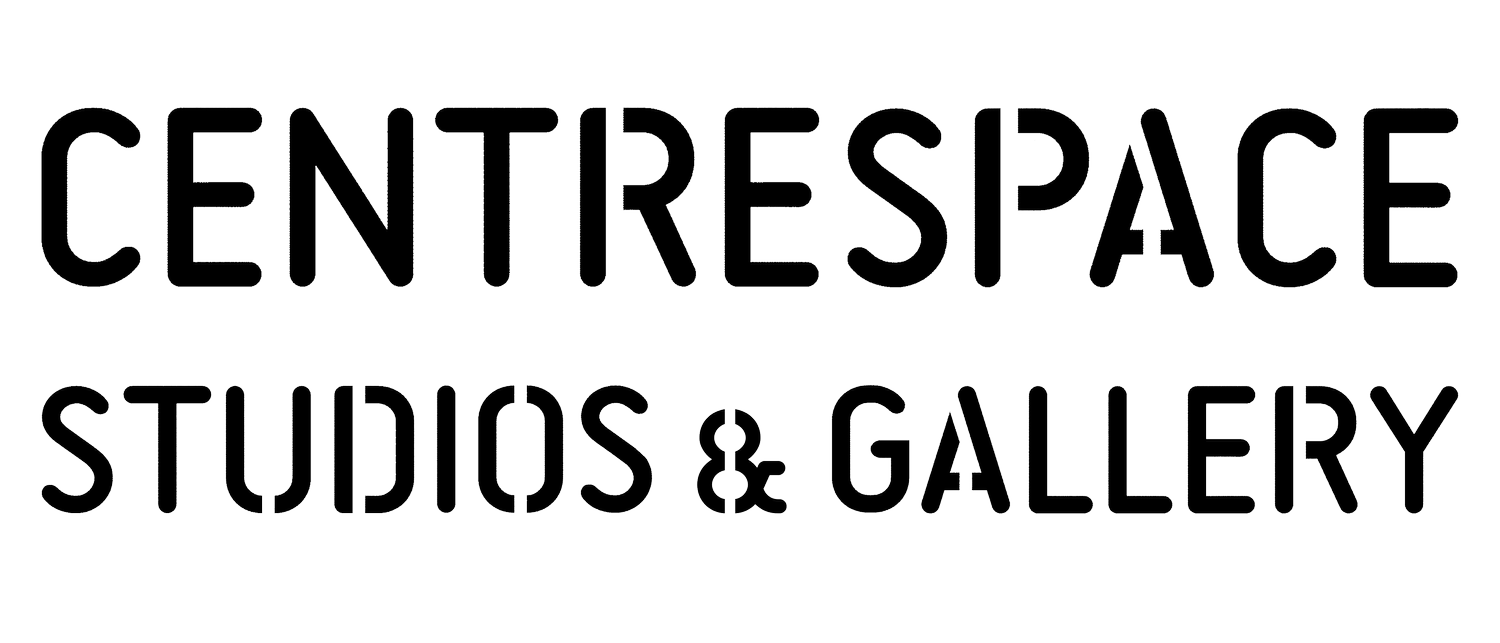Old City Residency – August 03 – 28 2015 Artist Beatrice Haines
Exhibition: ‘Peace Comes from Small Things’ – September 04 – 16 2015
Peace Comes from Small Things - Publication
Text by Linda Taylor
There are elements of our environment which are rendered almost invisible by their very ubiquity. This is particularly true in the city where our attention is competed for by an overabundance of stimuli. In the rush of daily city life, small things habitually go unnoticed and unseen. During a month-long residency in Bristol’s Old City Beatrice Haines has spent time noticing the unnoticed. In the culminating exhibition, Peace Comes from Small Things (2015), these unassuming elements are quietly brought to our attention through a series of subtle interventions and transformative repetitions.
As a wall once enclosed the Old City Haines has enclosed the space of the exhibition with butted sections of low, metallic-grey, ridged bars. The bars seem vaguely familiar though not immediately identifiable. They are, it transpires, casts of the iron kerbs which edge the Old City’s walkways, designed to protect the stones from carriage wheels. Haines’ interpretation of the kerb is symbolically protective; demarcating a safe space of contemplation and stillness amid the frantic city.
Ideas and modes of protection recur throughout the work. The need for protection simultaneously suggests the possibility of threat. The delicate and reciprocal balance between the two is articulated by Haines’ drawn reworking of an Old City map. The drawing reduces the buildings and features of the city to their most rudimentary protective elements: the roofs. The notion of protection is undermined by the knowledge that the 4,500 roofs in the drawing approximately correspond to the number of deaths caused by the bubonic plague in medieval Bristol – a threat the solidity of the city’s wall was unable to resist. The drawing is graphically clean and ordered – clinical even – yet at the same time elicits a sense of a chaotic swarm; an unpredictable infestation; a plague.
The city is, by definition, a cultural phenomenon and, occasionally, the culture needs to protect itself from the natural. Haines has made a series of works from pigeon spikes – another ubiquitous and mundane element of the city landscape. In Haines’ hands, the utilitarian nature of the spikes is superseded by their aesthetic and affective possibilities. In one piece Haines manipulates the spikes to create a layered sculpture which resembles a fragile architectural model; signifying the very object the spikes are designed to protect. The sculpture also, however, invokes scientific and natural forms – perhaps a biological lab model or a smack of petrified jellyfish. In another work, the upturned spikes form irregular hoops on the floor of the gallery suggesting the microscopic structure of living cells – their protective membranes once again echoing the embrace of the city wall. By re-contextualizing the inanimate and overlooked Haines emphasizes the living breathing humanity of the city.
Linda Taylor 2015
